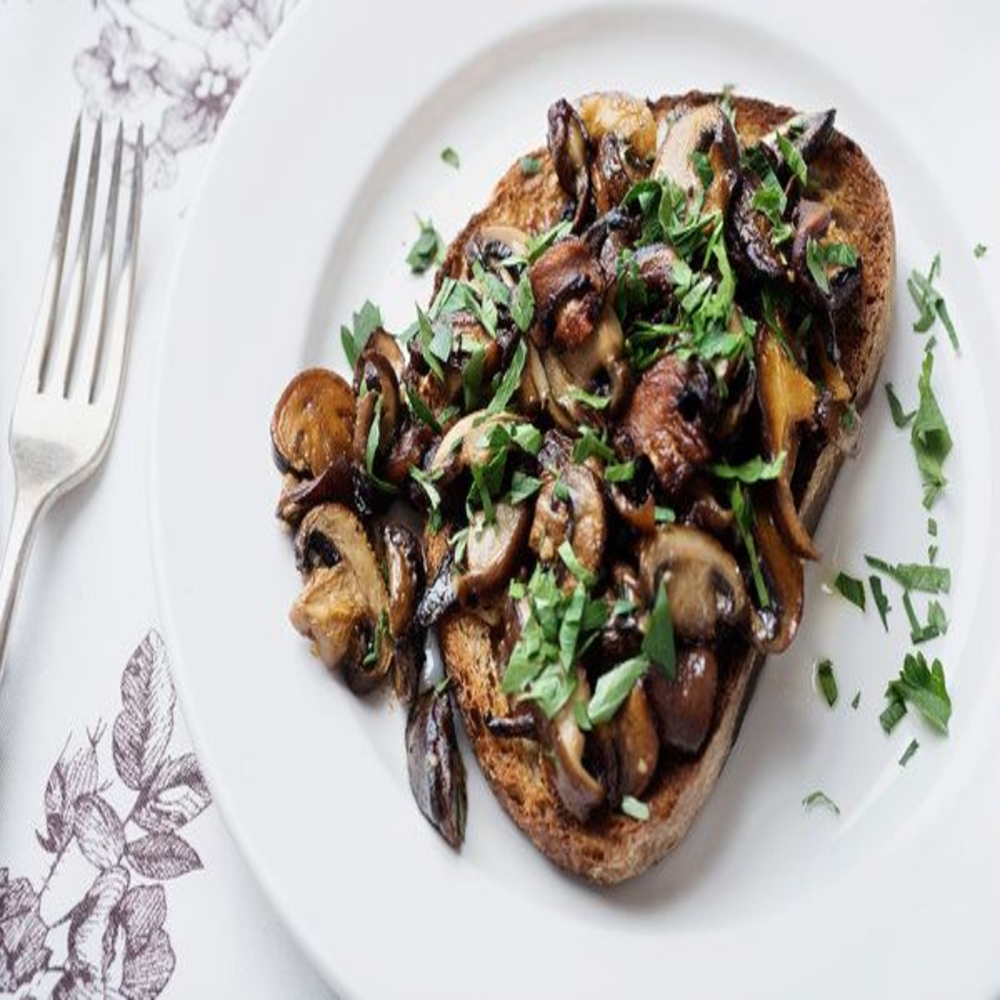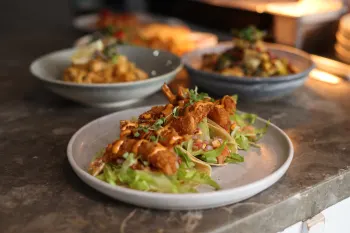Comparing Gluten-Free vs. Traditional Breakfast Options: Taste, Texture, and Nutrition - St Martin's Cafe
Have you ever wondered whether a gluten-free breakfast can taste just as good as the traditional options you grew up with? Maybe you’ve tried almond flour pancakes or gluten-free toast and found yourself asking, “Is this really the same?” Whether you’re considering dietary needs, health goals, or just curious about new flavours, understanding the differences between gluten-free and traditional breakfasts can help you make informed choices.
In this guide, we’ll explore the taste, texture, and nutrition of gluten-free versus traditional breakfast options. By the end, you’ll know which breakfast style fits your lifestyle and palate best.
What Makes a Breakfast Gluten-Free?
Gluten is a protein found in wheat, barley, and rye. For some, avoiding gluten is essential due to celiac disease or gluten sensitivity. Gluten-free breakfasts often use alternative flours like rice, almond, or oat flour.
Popular gluten-free breakfast items include:
• Almond or coconut flour pancakes
• Quinoa porridge
• Gluten-free toast with avocado or eggs
• Smoothie bowls with gluten-free granola
Gluten-free options can be nutrient-rich, offering fibre, protein, and healthy fats. They also cater to people looking for lighter, easy-to-digest meals.
Traditional Breakfasts: Comfort and Familiarity
Traditional breakfasts usually include wheat-based products like toast, muffins, cereals, and pancakes. These options are beloved for their soft texture and rich, familiar flavours.
Common traditional breakfast items include:
• Buttery toast or croissants
• Pancakes or waffles made with wheat flour
• Oatmeal with dairy or plant-based milk
• Eggs with whole-grain bread
While they may contain gluten, traditional breakfasts are often fortified with vitamins and minerals and provide a good source of energy for the day ahead.
Taste Comparison: Flavour That Delights
Taste is often the deciding factor when choosing between gluten-free and traditional breakfasts.
• Gluten-Free: Can have a slightly nutty or grainy flavour depending on the flour used. Almond flour pancakes, for instance, offer a rich, subtle sweetness, while oat-based options can feel hearty.
• Traditional: Offers the classic fluffy texture and buttery taste that many people love. Wheat-based pancakes or toast have a neutral flavour that pairs well with sweet or savoury toppings.
Tip: For the best gluten-free taste, experimenting with flour blends and fresh ingredients can closely mimic traditional flavours.
Texture Matters: From Soft to Chewy
Texture is just as important as taste when enjoying breakfast. Gluten contributes to elasticity and softness in bread and pancakes.
• Gluten-Free: May feel denser or crumblier. Using xanthan gum or psyllium husk in recipes can improve texture and mimic the chewiness of wheat-based products.
• Traditional: Naturally soft, airy, and elastic due to gluten’s structure. This makes toast, muffins, and pancakes light and fluffy, which many people prefer.

Nutrition Face-Off: Fuel for Your Day
When it comes to nutrition, both breakfast types have strengths and weaknesses.
• Gluten-Free Benefits:
• Often lower in carbs and higher in protein (depending on ingredients)
• Can include more nutrient-dense ingredients like nuts, seeds, and whole grains
• Easier to digest for people with gluten sensitivities
• Traditional Benefits:
• Provides a reliable source of energy from carbohydrates
• Often fortified with vitamins (like B vitamins and iron)
• Familiar, comforting, and generally accessible
Quick Tip: Combining gluten-free grains with protein-rich toppings can make a balanced, satisfying breakfast comparable to traditional options.
Practical Advice: Choosing What Works for You
1. Identify your dietary needs – Gluten-free is essential for some but optional for others.
2. Experiment with recipes – Try almond flour pancakes or chia porridge to see what you like.
3. Consider convenience – Traditional breakfasts are widely available, while gluten-free ones may require special ingredients.
4. Focus on balance – Add fruits, nuts, and healthy fats to any breakfast style.
Conclusion
Ultimately, whether you choose gluten-free or traditional breakfasts depends on taste, texture preferences, and nutritional goals. Gluten-free options can be delicious, hearty, and suitable for specific dietary needs, while traditional breakfasts offer comfort, familiarity, and quick energy.
Next time you plan your morning meal, think about what your body needs and what flavours excite you. For a carefully crafted breakfast experience in Brighton, visit Saint Martin's Cafe, where both gluten-free and traditional options are served with care and attention to flavour. Which breakfast style will you try tomorrow?
Read More
Savour the Bayside: A Culinary Journey Through Brighton's Café Culture
Where to Find Fresh, Locally Sourced Lunch in Brighton - stmartinscafe




Leave a Comment
Comments (0)